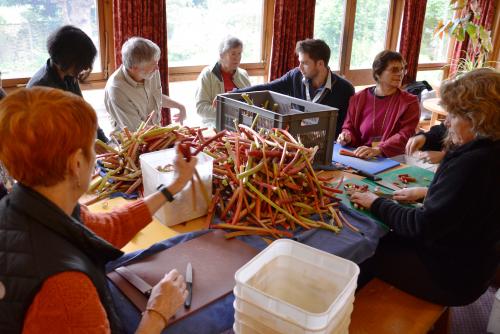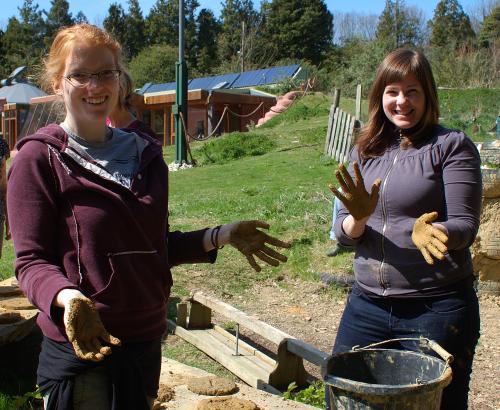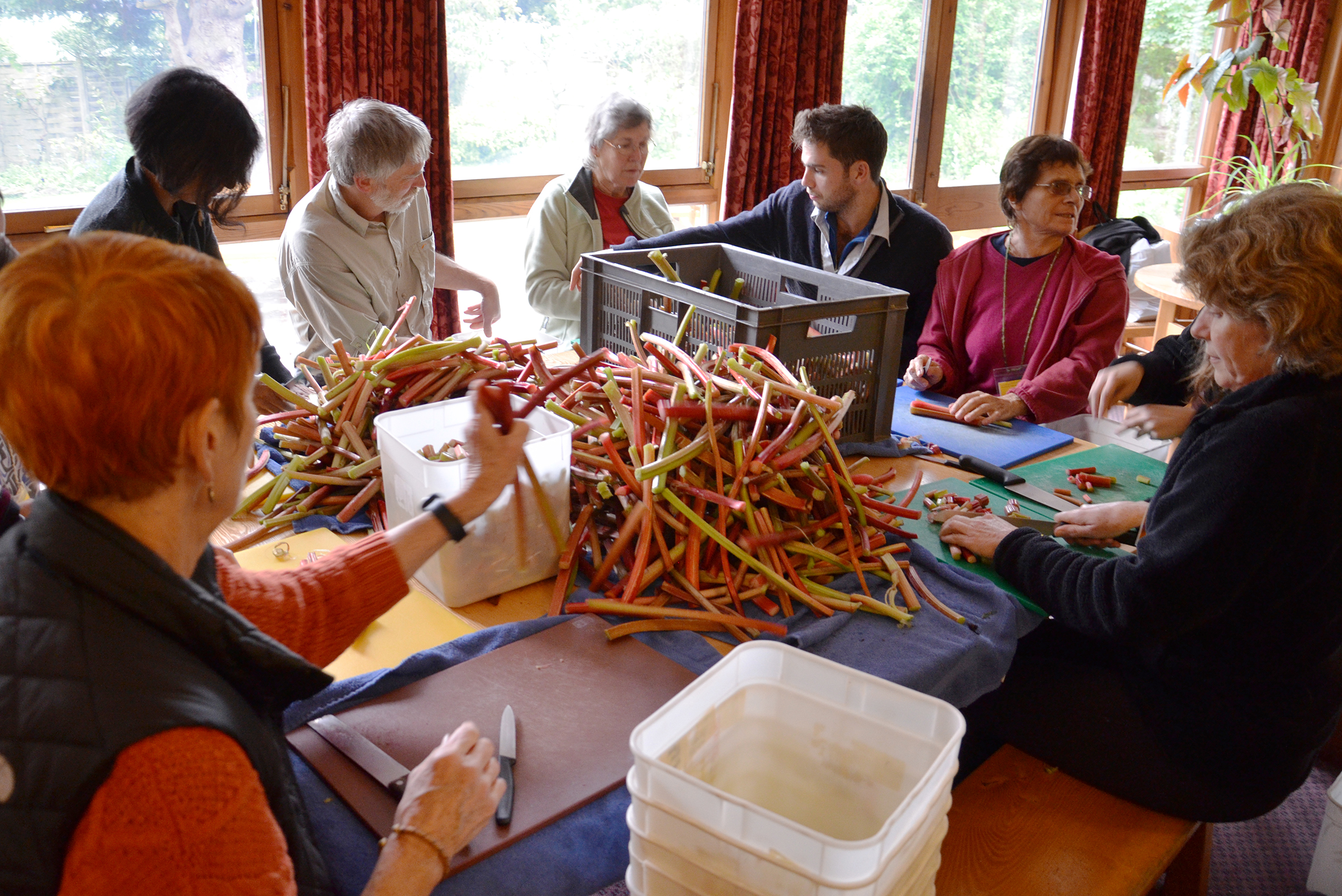
All too often eco-villages are romanticised and celebrated, rather than analysed and critiqued. Their limitations, failings and contradictions are well known to their members, but even academics like Karen Litfin [1] present a rosy picture of alternative harmony. It was refreshing, then, to read Leslie Barson’s experiences at Sieben Linden (PN 2576–2577) and her conclusion that there are three problems with eco-villages: they rely too much on the mainstream economy; they conform to mainstream lifestyle and comfort expectations; and their rural locations fail to help a predominantly urban global population.
I have been privileged to spend the last few years researching eco-villages in Britain, Spain, Argentina, Thailand and the USA. For me, we can learn most from the incompleteness and contradictions of eco-villages.
Reducing economic need
Many eco-villages rely on education and training initiatives to generate external income. Some seek employment outside the community or set up businesses that rely on external custom. Others live in voluntary poverty. The state is often involved in these projects – funding training, community buildings, or in provision of benefits to individuals, education or healthcare. Few eco-villages are autonomous from capitalism or the state.
Yet many residents have fundamentally altered their relationship with money. They have radically reduced their requirement for income, satisfying their needs not their desires, reclaiming and re-using, growing what food they need, and building energy-efficient houses. Trade with others is not in itself a bad thing. The terms and purpose of the trade determine its environmental sustainability, and trade can enhance mutual understanding.
The main currency of exchange in many eco-villages is time rather than money.
Many eco-villages function through informal sharing and some tasks like childcare become a shared or a communal responsibility, helping to challenge gender norms. This challenges mainstream economic models and seeks instead to develop an economics of reciprocity, time and need. It challenges the excess, greed and wastefulness of capitalism.
The benefits of comfort
Eco-villages are caught in a dilemma between being perceived as uncomfortable and harsh places to live, while trying to appeal to the mainstream to encourage replication.
Some eco-villages in Britain equate being ecological with deliberately foregoing comfort. Perhaps to symbolise how deep green they are, some places lack functioning bathrooms, internal kitchens or running water. Yet in other countries a concern with comfort is considered important in making eco-villages a joy to live in and to appeal to a diversity of people.
While comfort is sought it is also redefined, so while it might look conventional often it is not. For example, there might be a shower, but it will be outside and solar-heated, or the only cosy seating space is also communal.
Crucially eco-villages do need to be thinking about who they appeal to. In the global north, eco-villages are predominantly white, have a high female-to-male ratio and are middle-aged (or older). They often seek to attract those who are already green, neglecting the need for diversity and difference, especially in race, class and age.
Space in the city

Although many eco-villages are rural, an increasing number are urban and are developing innovative ways of negotiating scarce land, affordability and high-density living.
Kailash eco-village in Portland, Oregon, USA, is an eco-renovated apartment block that rents to members, thereby giving people an opportunity to try out eco-village living. Los Angeles eco-village deliberately sought to retrofit a badly-maintained building in a socially-mixed area. Original residents were encouraged to stay, the gardens were made productive and the community stretched out into the street, encouraging more pedestrian use and planting fruit trees along the pavement.
Other examples, like LILAC in Leeds, have a complex ownership model where all residents slowly buy shares in the project through a capped rent of 35% of their individual income. They have used a new method of prefabricated straw-bale construction to build triple-storey highly insulated flats that make best use of their compact site and protect land for food production.
Lessons learnt
Whether we will all eventually want to live in eco-villages or not, we can learn from their experimentation in different ecological ways of living, in particular that:
- Sharing space, objects and equipment works. Developing systems of reciprocity and sharing enables people to lead comfortable lives using fewer resources.
- Living in compact private spaces works, if there is communal space available to share, particularly access to shared green spaces.
- Growing all your own food is labour-intensive and hard work. It is easier to share a communal garden and produce food collectively.
- Diversity does not occur without effort, ‘the involvement of diverse viewpoints and voices are crucial to the development and ongoing maintenance of a sustainable community’. [2]
- Too often, eco-village members have ignored existing knowledge, preferring to discover for themselves through practice. This has led to wasted effort, whereas we need to learn from existing practices.
- Innovation and change is achieved when we collaborate. Connection is encouraged in many eco-villages through design.
- Trade and exchange is necessary. It is hard to survive in isolation and difficult to self-provide for all needs.


